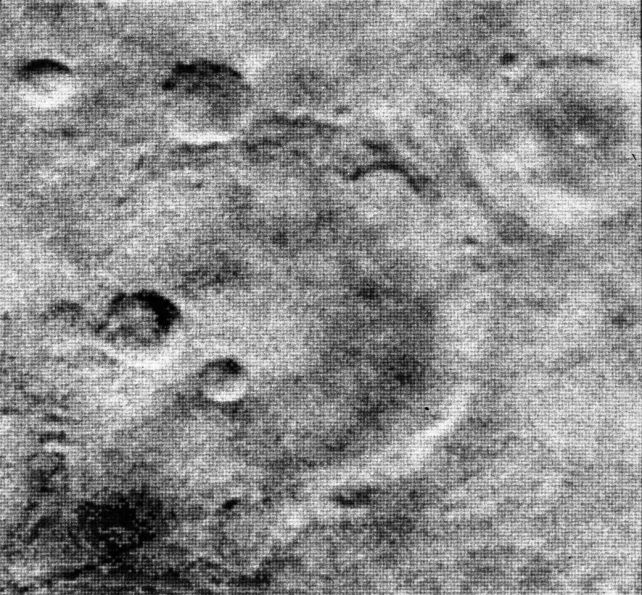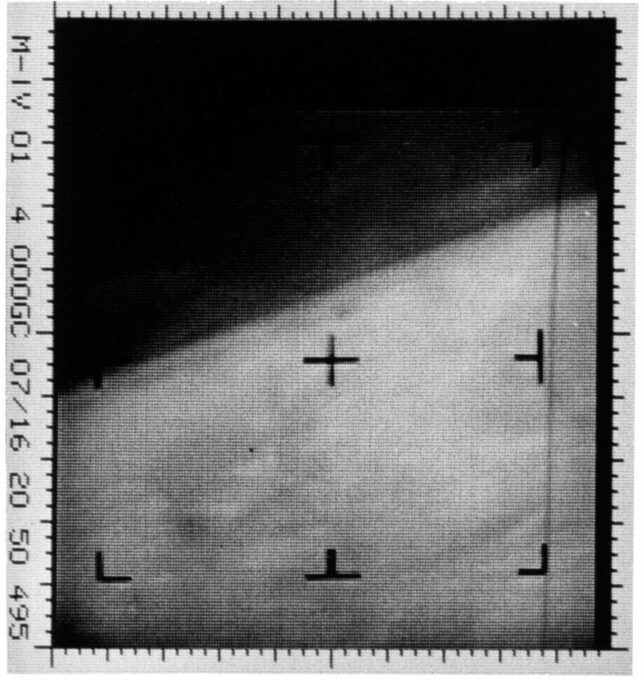On 15 July 1965, NASA's Mariner 4 spacecraft made Solar System history.
As it flew by Mars, the spacecraft's onboard camera snapped 22 pictures of the planet's surface, sending them back home to Earth – the first-ever close-up photos of Mars obtained by humans, and the very first photos of another planet obtained from a position in deep space.
Those images, showing a vast, dry, heavily cratered desert, completely changed our understanding of Mars, and the possibility of life thereon – but also ushered in a bold new era of Solar System planetary science and exploration.
Mariner 4 launched on 28 November 1964, and spent nearly eight months making the long, arduous journey to Mars – a spacecraft designed to make a careful study of the red planet, and transmit its observations back to Earth, across millions of miles of space.
Related: We May Have Been Wrong About Why Mars Is Red

By the time Mariner 4 made its encounter, Mars and Earth were separated by a distance of around 220 million kilometers (136 million miles), a distance that radio signals could traverse in 12 minutes. The operations team on Earth had to precisely time their commands to the spacecraft 12 minutes ahead of when they wanted it to perform a task, carefully waiting until Mariner 4's optimal position was 12 minutes away.
Then, the humans at the Jet Propulsion Laboratory's Space Flight Operations Center had to wait until each picture had transmitted back across the gulf, a process that took four days.
"Now came the moment of truth – had we really obtained pictures? After the six hour delay for the 40,000 pixels (picture elements) to be transmitted the first picture was displayed. But what was that just above the limb? A cloud? Impossible. Everyone knew there weren't clouds on Mars - it must be a crack in the camera lens. Oh, no, another instrument failure. Of course, as it later turned out there really are clouds on Mars," recalled the late Bill Momsen, Mariner 4 engineer, in 2002.
"And then the real wonder came – picture after picture showing that the surface was dotted with craters! It appeared uncannily like that of our own Moon, deeply cratered, and unchanged over time. No water, no canals, no life … Although at first great elation gripped the crew at realizing we had really done it, that was tempered by what had been revealed."

Those first 22 images covered just one percent of the Martian surface, and it just so happened to be an area that was particularly heavily cratered. As we know now, after decades of orbital observations, Mars has a diverse and fascinating landscape, from volcanic basalt plains to ancient river deltas.
Even though we know a lot more now than we knew 60 years ago, we've still only barely scratched the surface of Mars. Little by little, though, its past is slowly coming to light. We know that water once flowed freely across its surface, that volcanism was once rampant and may rumble still deep inside its belly. We know that it has beautiful clouds, and wild storms, and blue sunsets, and dust devils that leave traceries of their paths across the dusty ground.
One day, perhaps, we may even find that life was present on Mars after all.
